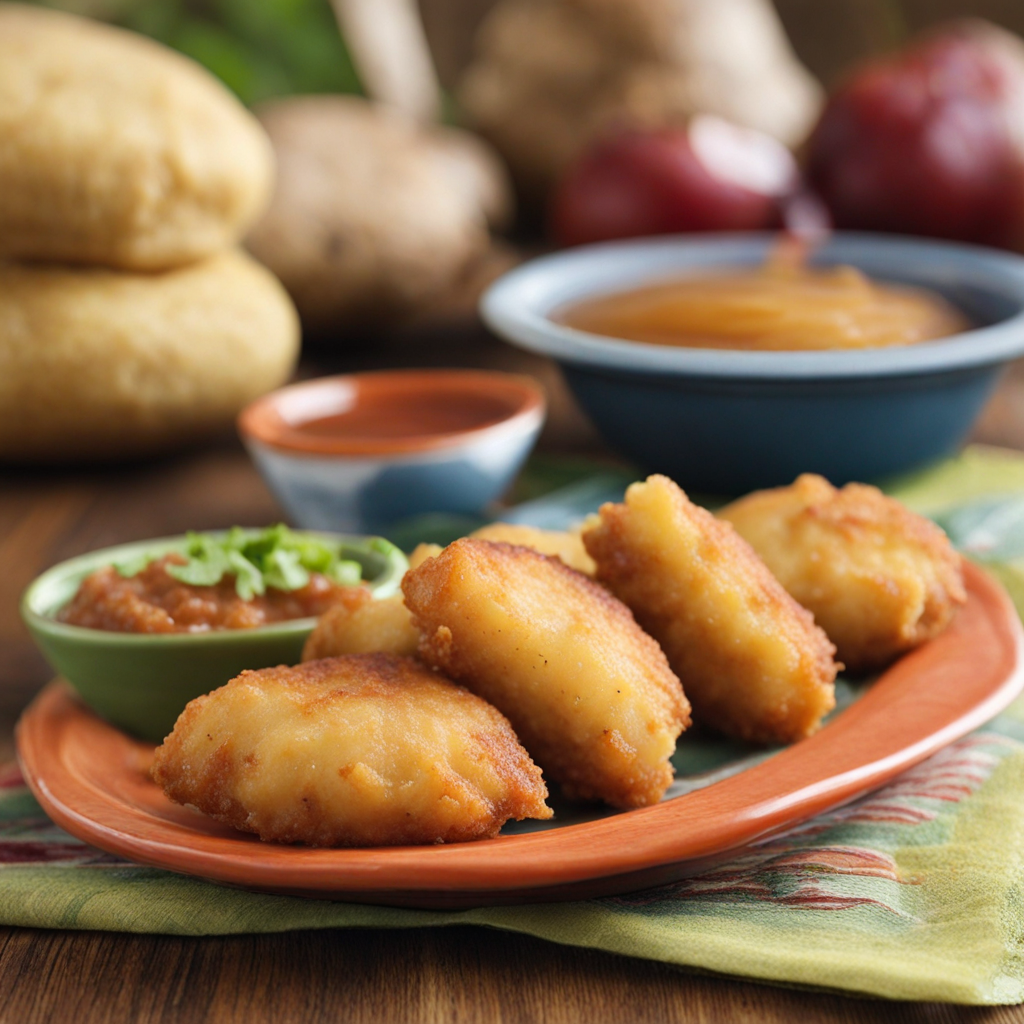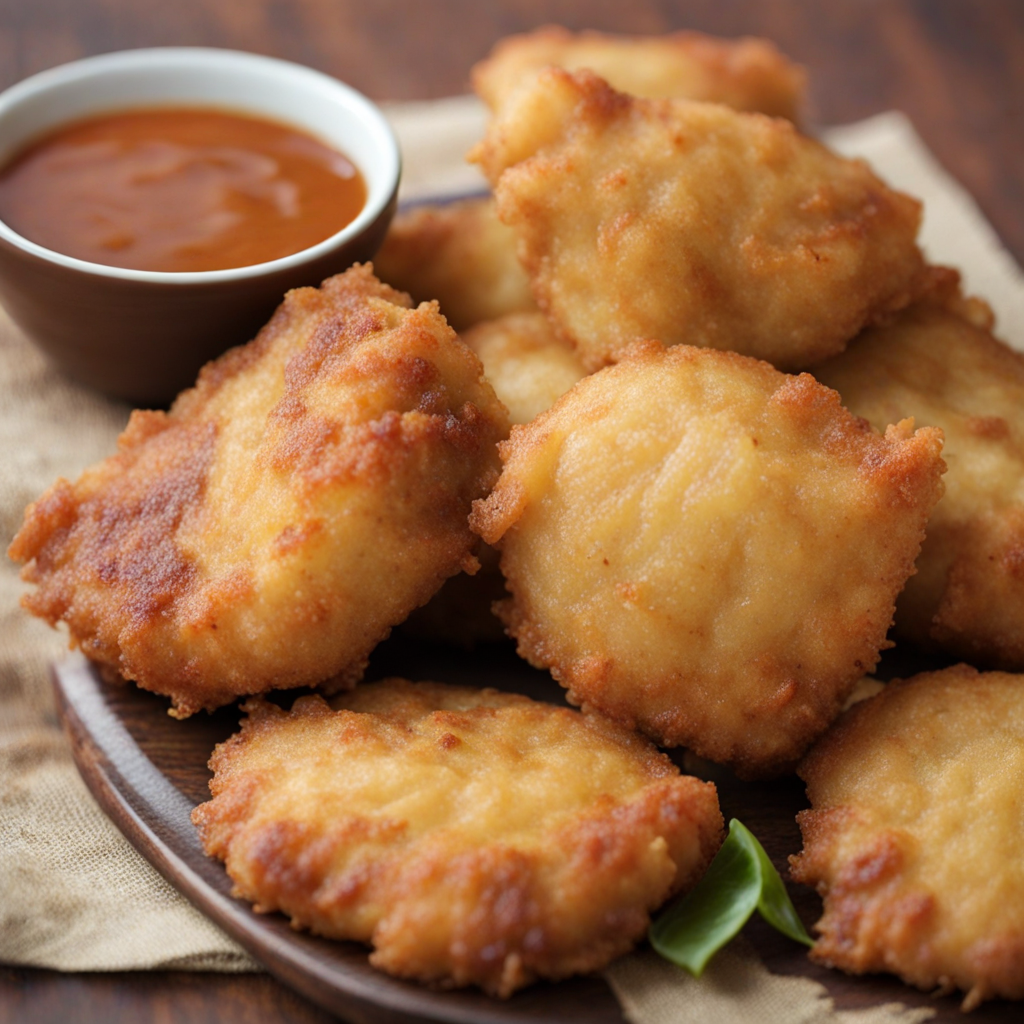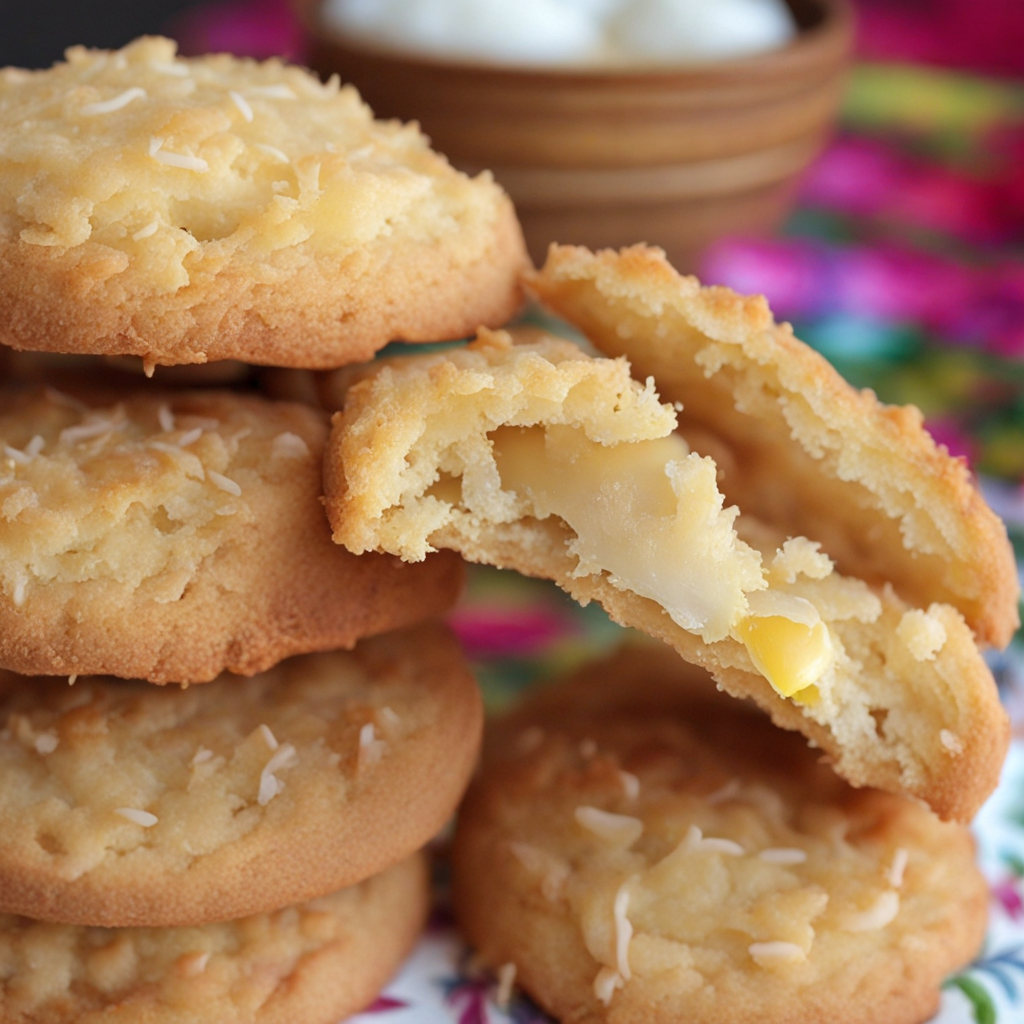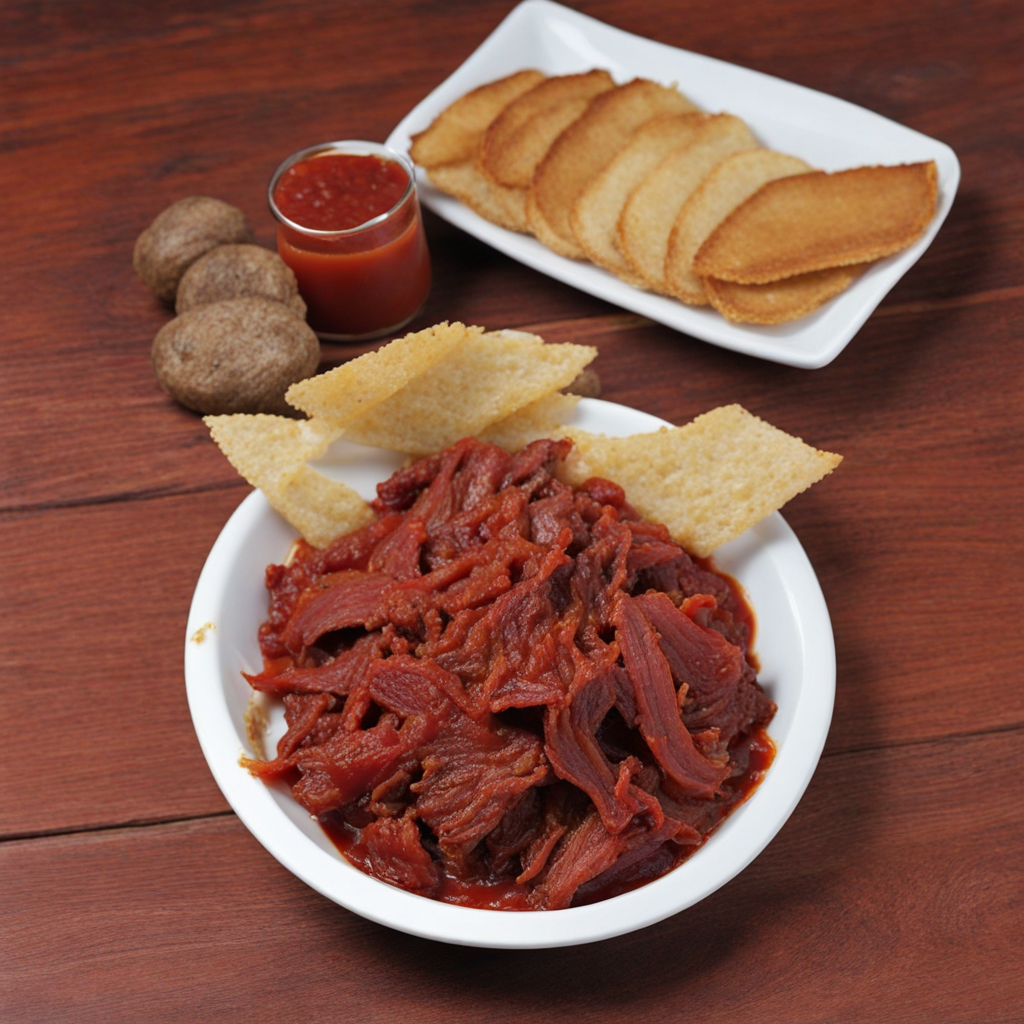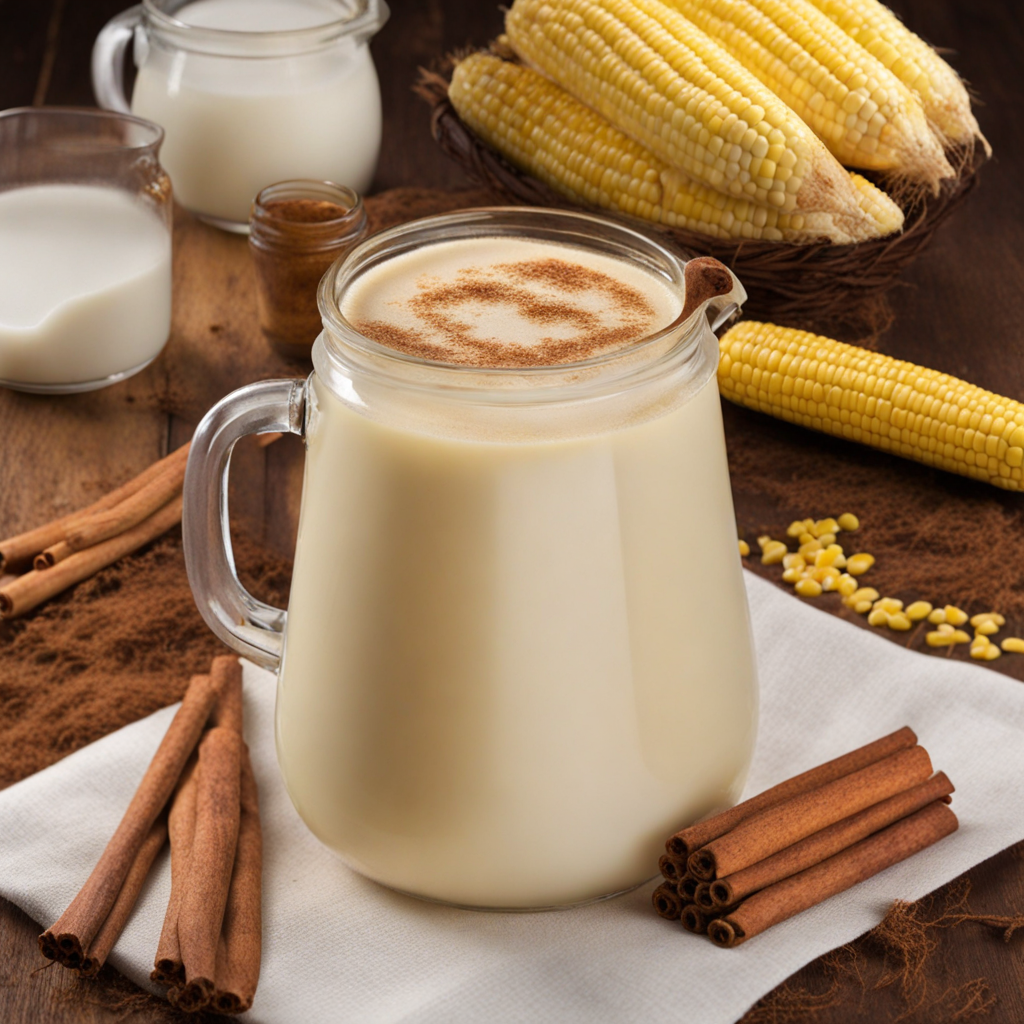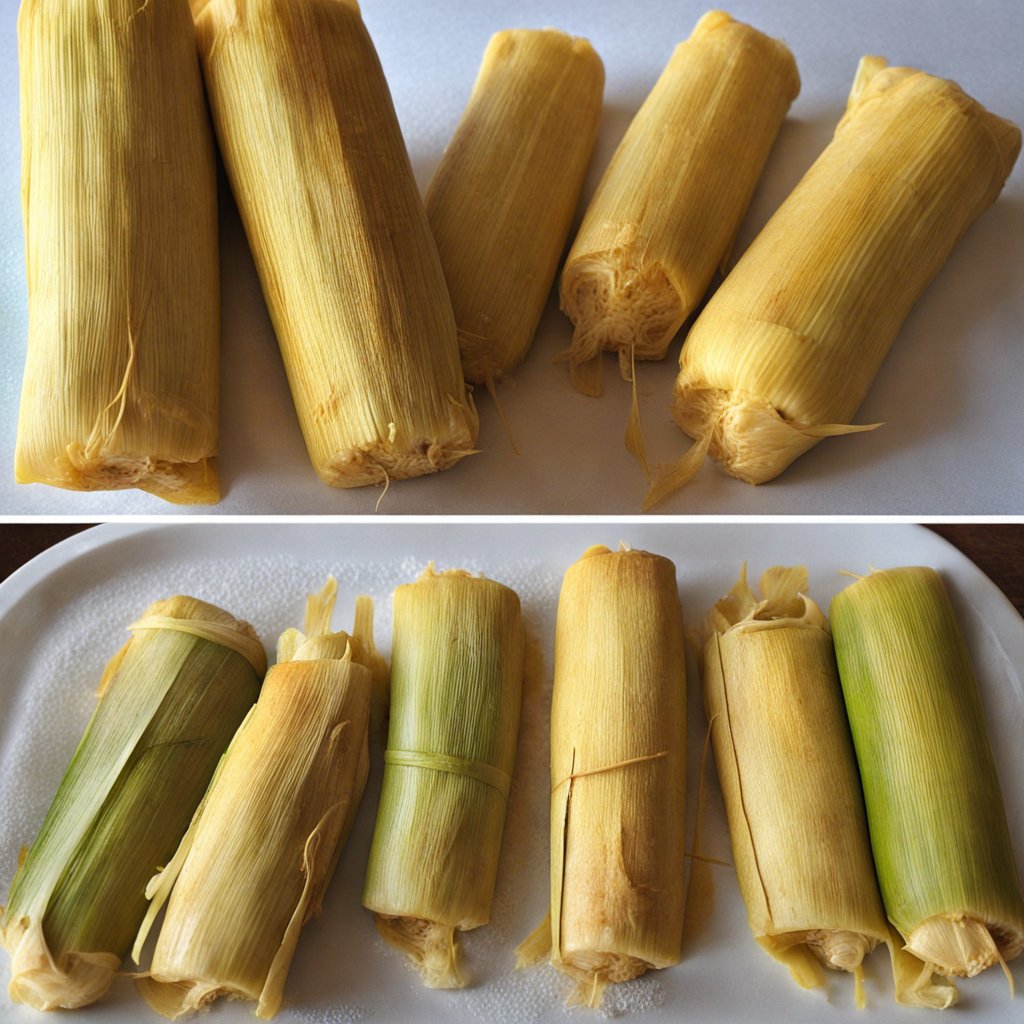Carimañola
Carimañola is a delicious and traditional Panamanian dish that showcases the rich flavors and textures of the region. This delightful treat consists of a yuca-based dough, which is made from cassava, a starchy root vegetable that lends a unique, slightly nutty flavor. The dough is typically shaped into elongated ovals or patties, creating a satisfying bite that is both chewy and tender. What truly sets carimañola apart is its savory filling, which can vary widely, but commonly features spiced ground meat, such as beef or chicken, sometimes combined with cheese for an extra creamy texture. The preparation of carimañola involves deep-frying the dough until it achieves a golden-brown exterior, imparting a crunchy texture that contrasts beautifully with the soft interior. The aroma of fried yuca fills the air, inviting you to savor each bite. These tasty morsels are often served hot and can be accompanied by a variety of dipping sauces, like a zesty salsa or a creamy avocado sauce, which enhance the overall flavor experience. Eating carimañola is not just about taste; it’s about the delightful combination of textures, from the crispy outside to the flavorful filling. Carimañola is more than just a snack; it’s a beloved comfort food enjoyed by many in Panama, making it a staple at family gatherings, street food stalls, and festive occasions. Each bite offers a glimpse into Panamanian culture, where food serves as a bridge to community and tradition. Whether you’re exploring the vibrant streets of Panama or trying your hand at making them at home, carimañola promises to be a satisfying culinary adventure that will leave you yearning for more.
How It Became This Dish
The Carimañola: A Culinary Journey Through Panama #### Origins: A Blend of Cultures The carimañola is a beloved Panamanian dish that embodies the rich tapestry of the country’s cultural heritage. This delectable treat, often described as a cassava fritter filled with meat or cheese, has roots that stretch back to the indigenous peoples of the Americas, particularly the Afro-Antillean, indigenous, and Spanish influences that shaped Panama's culinary landscape. Cassava, a starchy root vegetable native to South America, was a staple in the diets of various indigenous groups long before the arrival of Europeans. This resilient plant, known as yuca in many Latin American countries, was cultivated and celebrated for its versatility and nutritional value. The preparation of cassava into various forms, including flour, has deep historical significance, as it was a primary source of sustenance for many communities. With the arrival of the Spanish in the 16th century, new ingredients and culinary techniques were introduced to the region. The fusion of indigenous practices with Spanish cooking methods gave rise to many traditional dishes. Among these was the carimañola, which emerged as a distinct culinary creation. The name itself is believed to have African origins, hinting at the influence of enslaved Africans who were brought to Panama during the colonial period. #### Cultural Significance The carimañola holds a special place in Panamanian culture, often associated with family gatherings, celebrations, and local festivals. It is a common sight at street food stalls, where vendors serve hot, crispy carimañolas to hungry passersby. This dish is more than just food; it is a symbol of community and shared heritage, embodying the spirit of Panamanian hospitality. Traditionally, carimañolas are filled with a variety of ingredients, including seasoned ground beef, chicken, or cheese, reflecting the diverse culinary influences that permeate Panama. The fillings can vary widely, with each family often having its own secret recipe or preferred ingredients. This adaptability makes the carimañola a canvas for culinary creativity, allowing it to evolve while retaining its core meaning. In addition to their savory versions, carimañolas can also be prepared as sweet snacks, filled with ingredients like sweetened coconut or fruits. This duality illustrates the dish's versatility and its ability to cater to different tastes and occasions. Carimañolas are often served with a variety of dipping sauces, such as aji, a spicy sauce made with peppers, vinegar, and spices, adding an extra layer of flavor. This aspect of the dish underscores the importance of flavor balance and the communal experience of sharing food, as family and friends gather to enjoy these treats together. #### Development Over Time As Panama's social and economic landscape evolved, so too did the carimañola. The 20th century brought about significant changes, including urbanization and globalization. As people moved to cities in search of better opportunities, traditional foods like the carimañola adapted to the changing lifestyles. Street vendors became more prominent, making this favorite snack accessible to a broader audience, while families continued to prepare it at home for special occasions and holidays. The carimañola also became emblematic of Panamanian identity during the country's push for independence and national pride in the mid-20th century. As Panama sought to assert its cultural identity in the face of globalization, traditional dishes like the carimañola gained renewed importance as symbols of national heritage. Food became a means of expressing cultural pride, and the carimañola emerged as a dish that transcended social boundaries, enjoyed by people from all walks of life. In recent years, the carimañola has also found its way into the culinary scene beyond Panama. Chefs and food enthusiasts around the world have recognized its potential, experimenting with contemporary twists on the traditional recipe. Gourmet versions filled with exotic ingredients or presented in innovative styles have appeared on menus, showcasing the carimañola's adaptability and timeless appeal. Additionally, the rise of social media has played a role in popularizing the carimañola beyond Panamanian borders. Food bloggers and influencers share vibrant images and recipes, inviting a global audience to engage with this traditional dish. As a result, the carimañola has become a culinary ambassador for Panama, representing the country's rich history and diverse culture. #### Conclusion: A Culinary Legacy The carimañola is more than just a tasty snack; it is a dish that encapsulates the heart and soul of Panama. Its origins reflect the convergence of indigenous, African, and Spanish influences, while its cultural significance resonates through generations. As it continues to evolve, the carimañola remains a cherished symbol of community, identity, and culinary creativity. Whether enjoyed at a bustling street vendor, lovingly prepared at home, or reimagined in a contemporary restaurant, the carimañola represents a shared experience—a connection to history, culture, and the people of Panama. As food historians continue to explore the intricate relationships between cuisine and cultural identity, the carimañola stands out as a testament to the enduring power of food to bring people together, creating bonds that transcend time and place. This humble fritter, with its rich flavors and storied past, will undoubtedly continue to delight and inspire future generations, securing its place in the culinary legacy of Panama.
You may like
Discover local flavors from Panama


